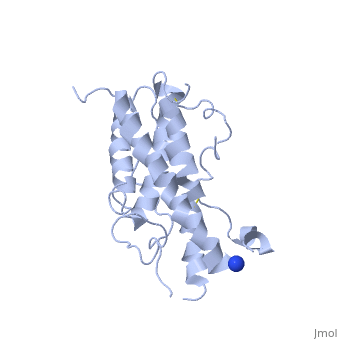The Growth Hormone Jungle
April 29, 2018
Growth hormone is a peptide hormone that stimulates growth, cell reproduction and cell regeneration in humans and other animals. As with all hormonal pathways the path concerning the promotion and secretion of growth hormone leads right into a dense entanglement of interrelated secretions of life. If we are to learn where growth transforms into unnecessary or malignant growth, we must enter the jungle.
Once secreted, growth hormone remains active in the bloodstream for just a few minutes, allowing enough time for the liver to convert it into growth factors, especially insulin-like growth factor (IGF-1), which has growth-promoting properties on every cell in the body. An elevation in growth hormone increases the available nutrients by promoting the mobilization of tissue stores with a wide range of biochemical processes. Some of the biological effects of growth hormone are:
1. An increase in cell division and DNA polimerase activity, necessary for DNA replication.
2. Protein anabolism, the uptake and synthesis of amino acids, RNA.
3. Lipid metabolism, the release and oxidation of fatty acids.
4. Carbohydrate metabolism, glycogen deposition, change blood sugar level, insuline release, peripheral insulin resistance (glucose intolerance, which precedes the development of type 2 diabetes by several years).
5. Mineral metabolism, calcium and phosphate deposition in bone, calcium turnover.
There exist several hypothalamic hormones that control growth hormone release. The most major of these secretion stimuli is the growth hormone release factor (GHRH). In contrast, the hormone known as somatostatin (GHIH) is known to suppress the release of GH. Studies have shown that glucocorticoids are also able to suppress the release of GHRH as well as reduce GHRH receptor responsiveness.